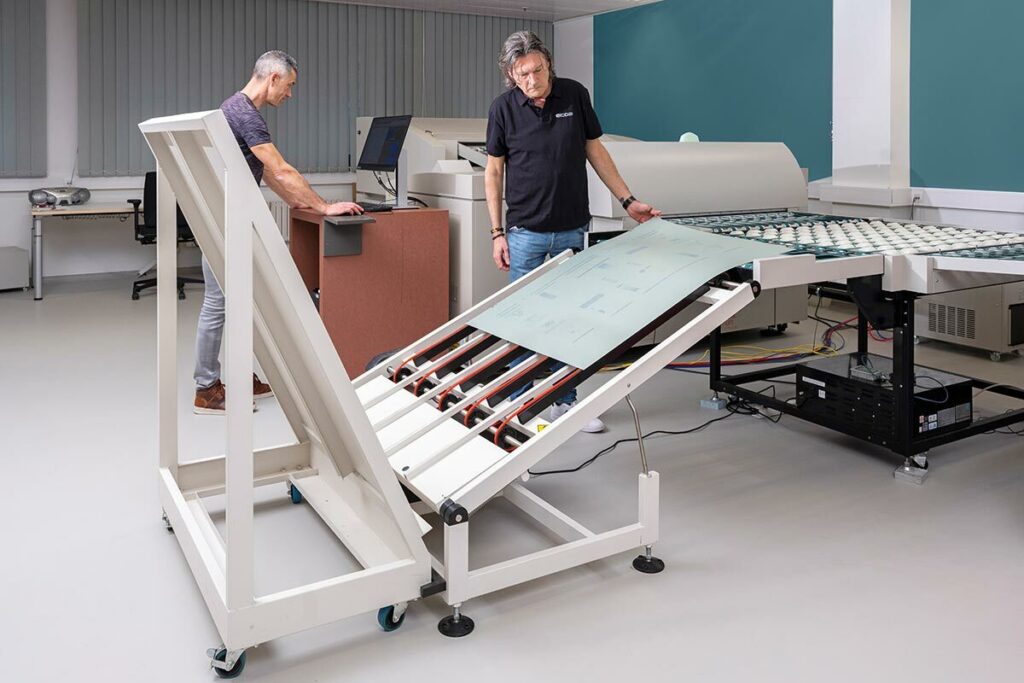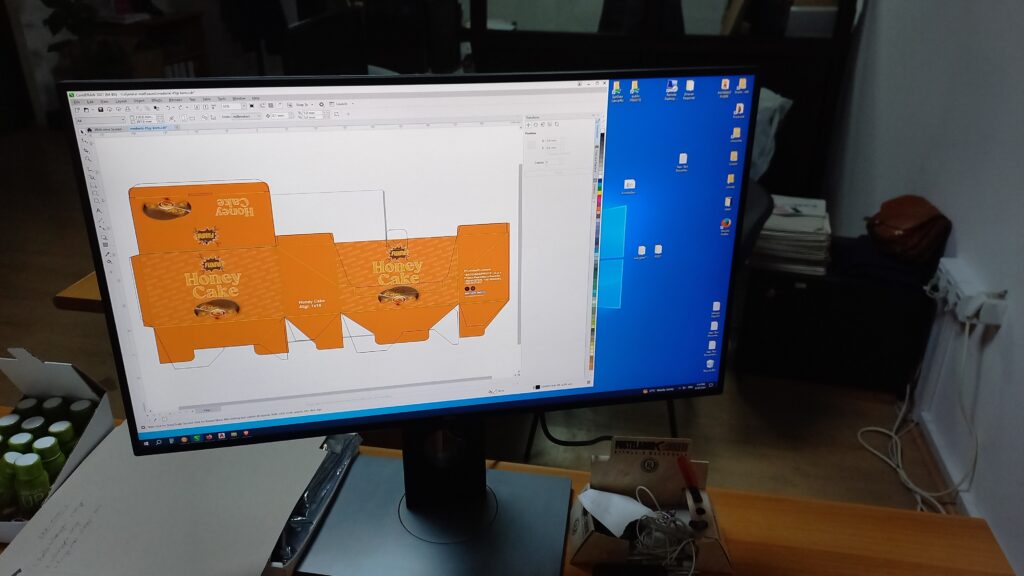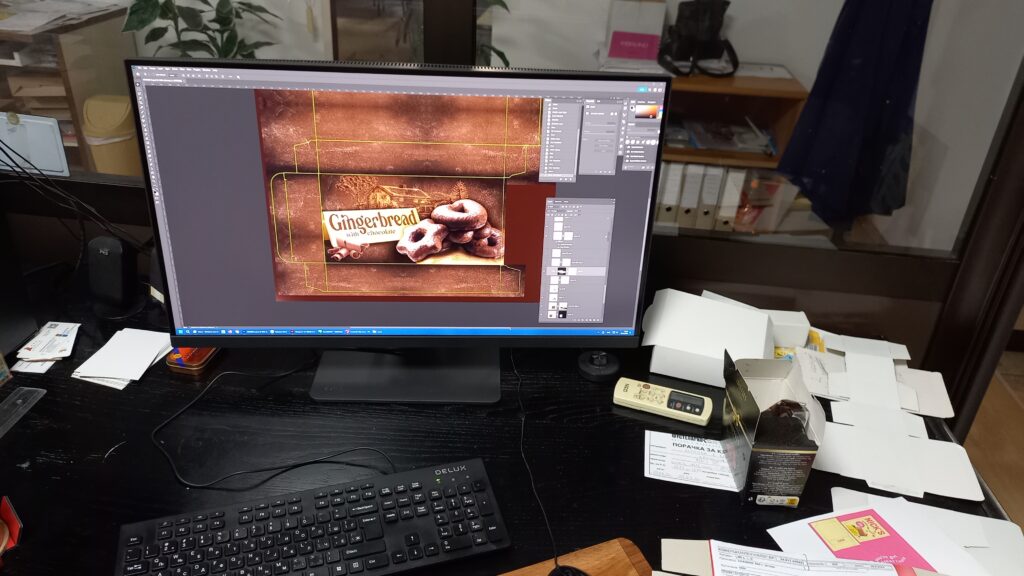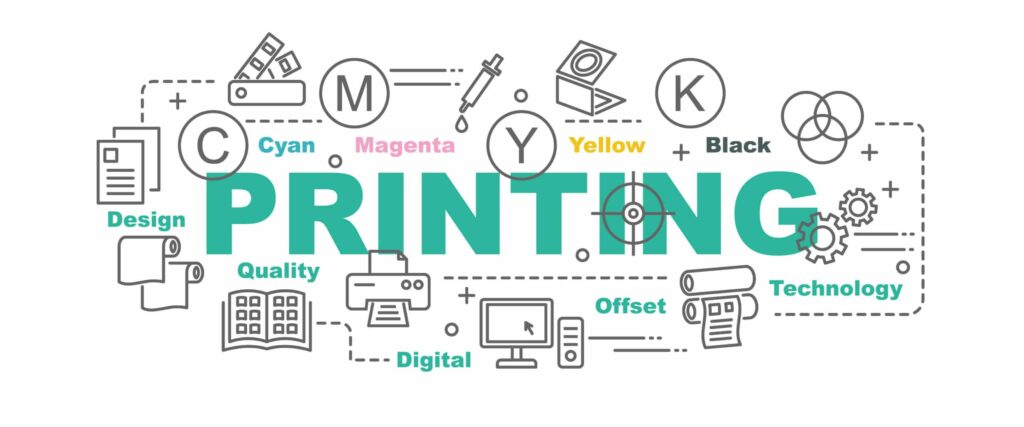
Prepress refers to the processes and procedures that take place between the creation of a print layout and the final printing.
Phase like this is crucial in both the printing and publishing industries, ensuring that the materials are accurately prepared for printing.
The prepress procedure involves manufacturing a printing plate or image carrier, ready for mounting on an offset printing press.
It also includes adjustments to images and text to create a high-quality print file.
In today’s prepress environment, the customer typically provides files electronically, often in formats like PDFs or application files created with Adobe InDesign or QuarkXPress.
Before we can begin the actual printing, we must convert these documents to film and plates.
The Prepress Process
Film and Plate Creation
We create film negatives from digital files, and we use these negatives to transfer images to printing plates, similar to how we develop photographs.
A controlled amount of light passes through the film negatives to expose the printing plate, activating an ink-receptive coating on the plate.
This process allows us to transfer the image from the negative to the plate.

We use different materials for plates, such as paper (which produces a lower-quality product) and aluminum (which is more costly but offers higher quality).
Each primary color—black, cyan, magenta, and yellow—requires a separate plate.
Despite the wide range of colors in the final product, we use only these four colors in the process.
Key Prepress Processes
Typesetting:
Typesetting involves arranging textual material in graphic form on paper or other media.
Historically, printers did typesetting by hand in print shops, but with the advent of desktop publishing, they now handle it largely digitally.
Copy Editing:
Copy editing improves the formatting, style, and accuracy of a manuscript.
This step is completed before proofreading, which occurs just before final publication.

Markup:
Markup is a set of annotations or instructions that dictate the structure and display of text.
Languages for markup have been used for centuries, and they are now integral to computer typesetting and word processing.
Proofing:
Proofing creates an accurate facsimile of the artwork before production begins.
This ensures that the final product meets the agreed-upon standards between the printer and the customer.
Proofing can be done for images, illustrations, text, and colors.

Three types of proofs should be checked: print-ready PDF files, the printer’s proof, and the imposition proof.
Print-Ready PDFs: Created after layout adjustments and preflight at the printing house.
Printer’s Proof: A high-resolution proof checked by the customer.
Imposition Proof: Produced by the printer to check and adjust the offset printing press.
Proofreading:
Traditionally, proofreading involves reading a proof copy to detect and correct errors.
In modern contexts, proofreading may occur at earlier stages as well.
Screening and Image Adjustment:
Process adjusts continuous-tone images, such as photographs, to ensure they print correctly.
Imposition:
Imposition combines many pages into a single signature form, optimizing the layout for efficient printing.
Separation:
This process involves designating images or text for specific plates that apply individual printing media, such as inks or varnishes.

Plate Manufacturing:
Choice of plate materials, such as rubber, plastic, or aluminum, depends on the printing method and the desired quality.
Manufacturing of plates should be well-planned and budgeted in advance.
High-Quality Print File Creation:
Final step involves creating a high-quality print file, often in PDF format, for the final printing.
Paper Selection:
Choosing the appropriate paper is also a critical step in prepress, as it can significantly impact the final print quality.
Workflows in Prepress
The prepress workflow varies depending on the printing process (e.g., offset, digital, screen printing) and the final product (e.g., books, newspapers, packaging).
Some workflows combine both digital and analog processes, such as using a computer to generate film for plate exposure.
Managing the workflow and ensuring responsibility for each stage is vital, especially when different team members handle different parts of the process.

Conclusion
By understanding and implementing the correct prepress procedures, you can ensure a higher quality final product and smoother workflow.
Prepress is an essential phase in the printing process, bridging the gap between design and production.
Whether you’re dealing with typesetting, proofing, or plate manufacturing, each step plays a crucial role in the success of the print project.